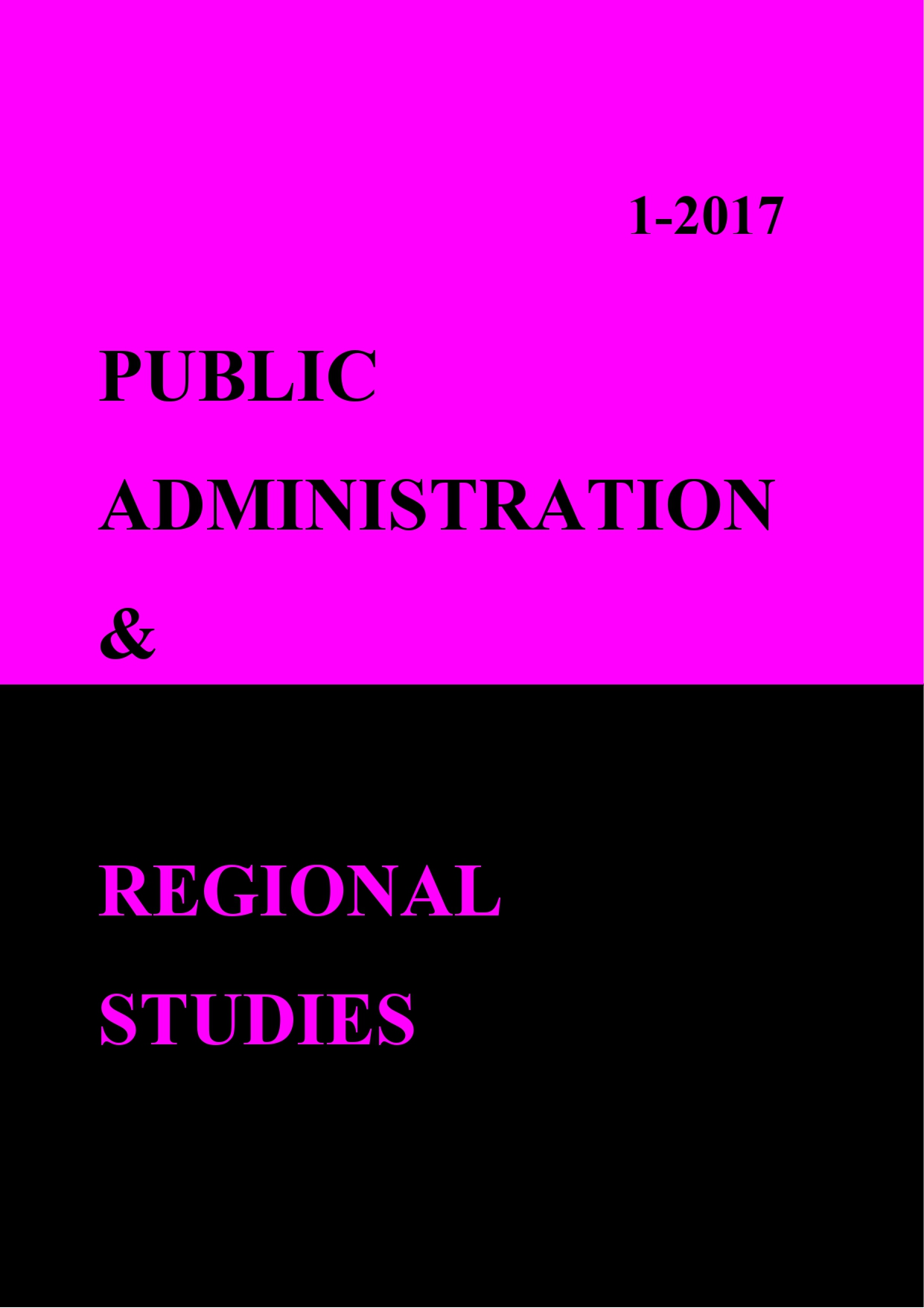POWER TRANSITION AND BALANCE OF POWER:COMPREHENDING THE POWER DYNAMICS OF THE 21ST CENTURY
POWER TRANSITION AND BALANCE OF POWER:COMPREHENDING THE POWER DYNAMICS OF THE 21ST CENTURY
Author(s): Adrian Pop, Andreea BrinzaSubject(s): Politics / Political Sciences
Published by: Editura Universității „Dunărea de Jos”, Galați
Keywords: power transition theory; balance of power; emerging powers; Sino-American relations
Summary/Abstract: Lately, the power transition theory has witnessed a certain revival, becoming a popular perspective for scholars and officials alike, especially as far as the U.S.-China relationship is concerned. Firstly, as the power transition theory was originally developed as an alternative to the balance of power arguments, the present paper reviews the concept of power balance. Secondly, it presents the main features and tenets of the power transition theory. Thirdly, it comparatively assesses the key differences between the power transition and the balance of power theories. The paper suggests that, in order to adequately comprehend the power dynamics of the 21st century, one might selectively adopt aspects of the power transition theory, but not doing away with the notion of power balance, as, on one hand, the multipolar distribution of power would likely be the future configuration of it, and, on the other hand, the current and the likely short-term future behaviour of China towards the U.S. fits the notion of soft balancing
Journal: Public Administration & Regional Studies
- Issue Year: 10/2017
- Issue No: 1
- Page Range: 58-70
- Page Count: 13
- Language: English

